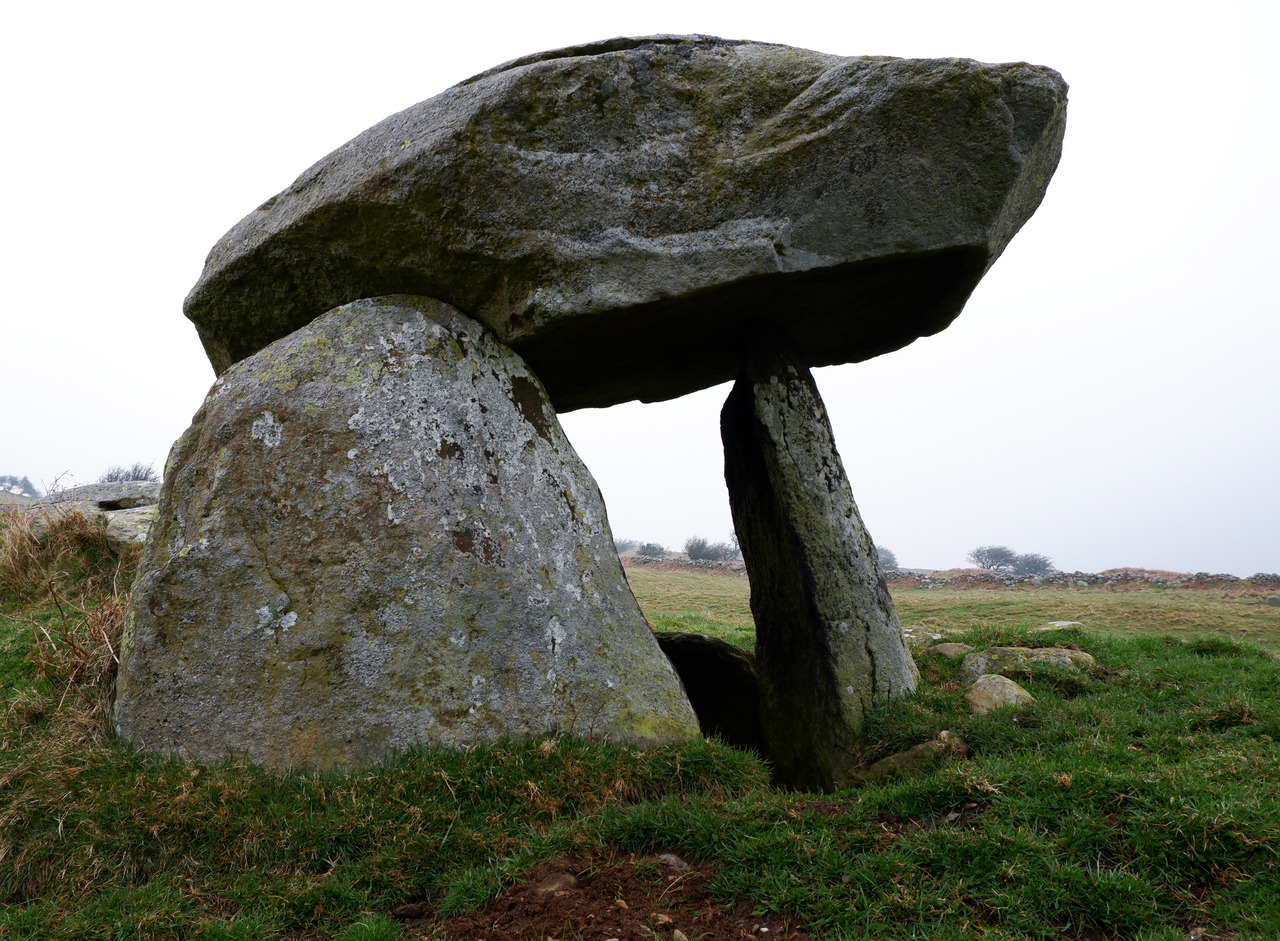


(4) In the 1980s archaeologist Ann Lynch found the remains of 22 people from the Neolithic Age buried in the dolmen after excavations.

Poulnabrone is one of the few Irish portal tombs to have been archaeologically investigated. Mark explains that all the stones used in the construction of the dolmen were brought to the site from elsewhere as none match the geological make-up of the Burren and were then assembled with perfect balance and precision without concrete or any kind of compound. In his article on Poulnabrone for Ancient History, Joshua J. Located in the Burren, County Clare, Ireland the Poulnabrone dolmen dates to 4200 BCE and stands almost 6 feet high and 12 feet long. (2) Our group visiting the Poulnabrone dolmen with Tour Leader Phil Cousineau on a journey to Ireland. They feature in Irish mythological stories and folklore and are often associated with graves of famous giants or warriors. There are around 180 dolmens in Ireland known by many different names including stone tables, Cromleachs, or Giants’ Graves. There are dolmen sites throughout Europe and Asia, including the dolmen Er Roc’h Feutet (Roch-Feutet) in Carnac, France, the Monte Bubbonia in Sicily, several in Gochang, South Korea and in Kerala, India. Photo: Sacred Earth Journeys participant David Chasis What is a dolmen?ĭolmens are thought to have been ancient tombs or burial markers and also served as places for ritual and worship although their exact purpose and significance is still debated by scholars and researchers. (1) Poulnabrone dolmen on the Burren plateau in Ireland is a classic example of a portal tomb. Poulnabrone dolmen is an example of a portal dolmen or portal tomb, not to be confused with passage tombs such as Newgrange! Dolmens are found in Ireland and throughout the world and are generally characterized as a single-chamber megalithic tomb, often consisting of three or more upright stones (megaliths) supporting a large flat horizontal capstone (table).


 0 kommentar(er)
0 kommentar(er)
